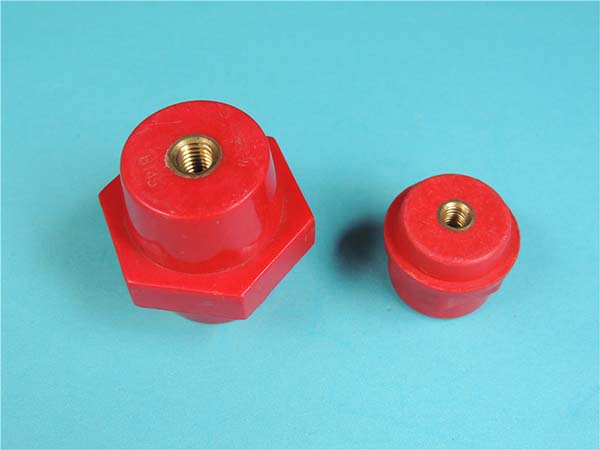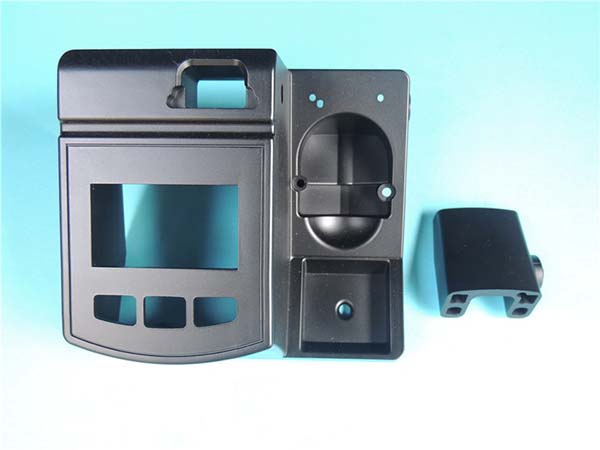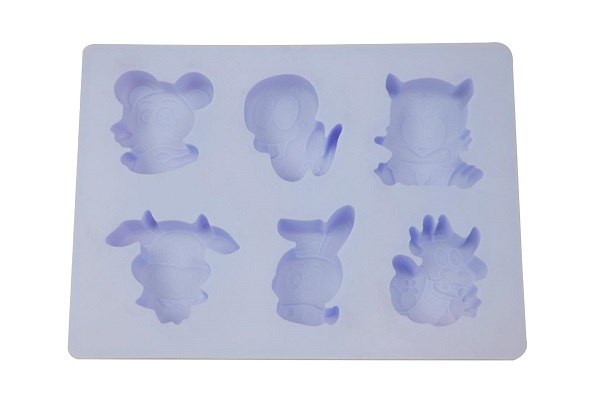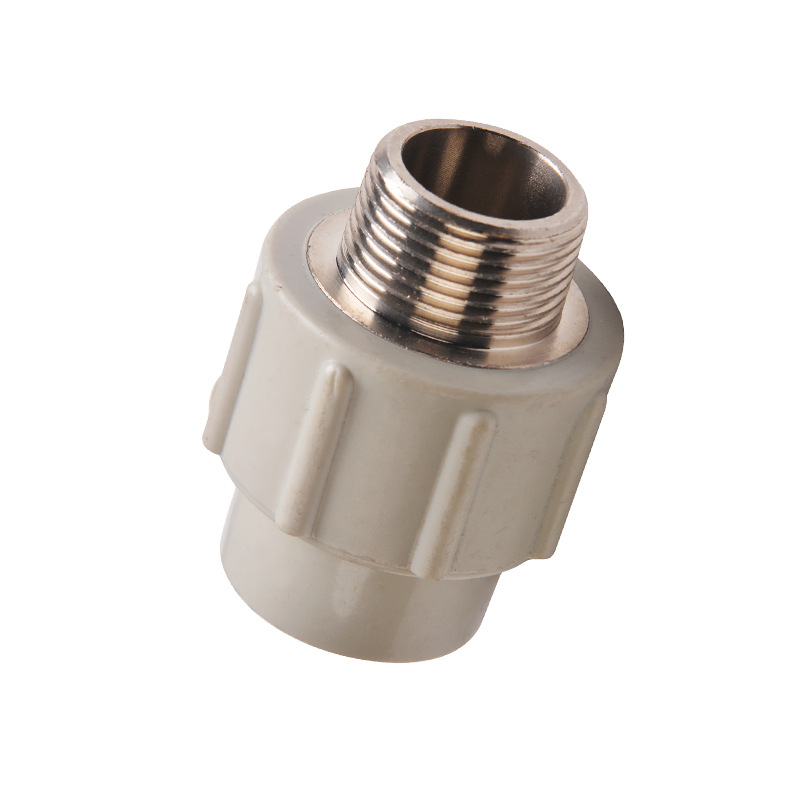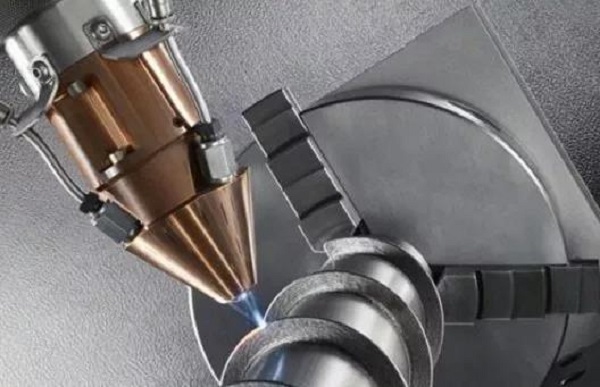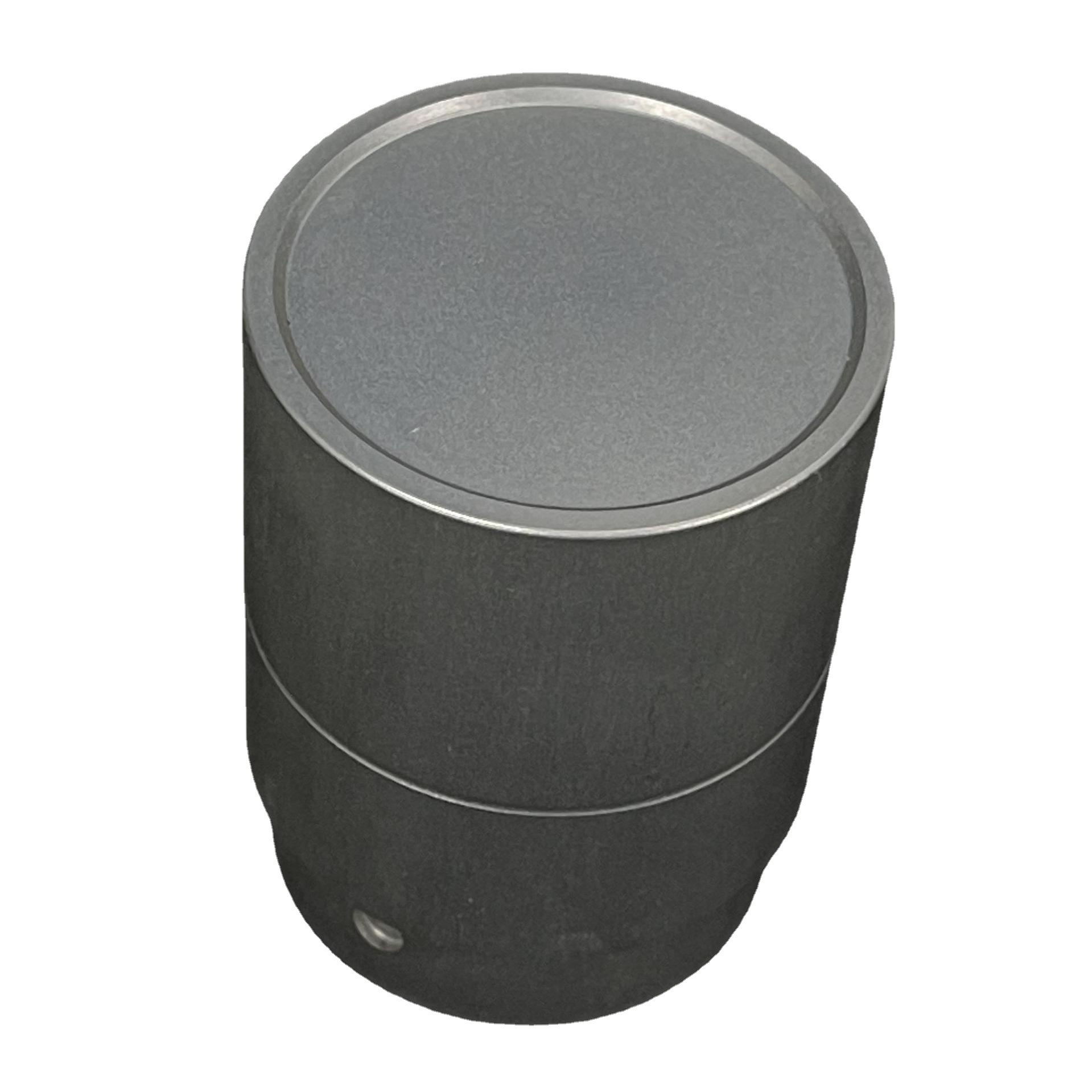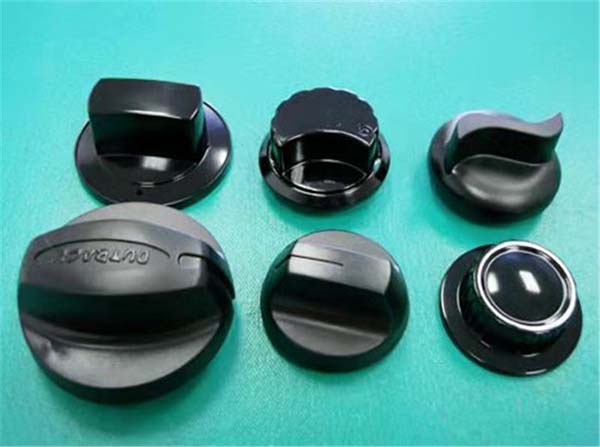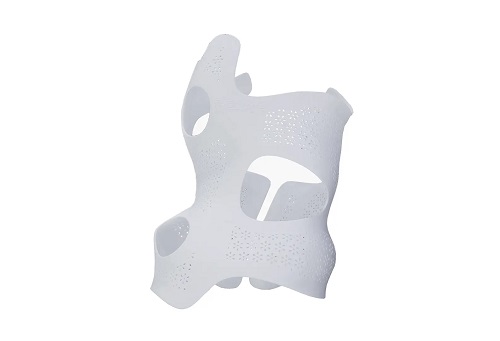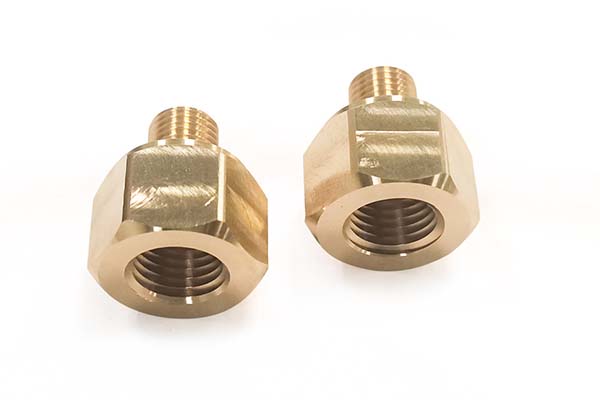1. Introduction: The Rise of Metal Extrusion in AM
Metal extrusion additive manufacturing (AM) is emerging as a transformative force in industrial production, enabling the creation of complex metal components with unprecedented efficiency and precision. Unlike traditional subtractive methods, which carve parts out of solid blocks of material, metal extrusion builds parts layer - by - layer by melting and depositing metal wire or pellets. This fundamental shift in manufacturing approach offers a plethora of advantages that are revolutionizing multiple industries.
One of the most significant benefits is the dramatic reduction in material waste. Traditional manufacturing processes can waste up to 90% of the original material as it is cut away to achieve the desired shape. In contrast, metal extrusion additive manufacturing can reduce this waste by up to 90%, as it only uses the amount of material required for the final part. This not only leads to substantial cost savings in material procurement but also aligns with the growing global focus on sustainable manufacturing practices.
The speed of prototyping is another area where metal extrusion additive manufacturing shines. In traditional manufacturing, creating a prototype often involves multiple steps, including mold making, machining, and assembly, which can take weeks or even months. With metal extrusion, the digital design can be directly translated into a physical prototype in a matter of hours or days. For example, in the automotive industry, designers can quickly iterate on new engine component designs, reducing the time from concept to testing from months to weeks.
The precision of metal extrusion AM is also remarkable. Advanced systems can achieve layer thicknesses as small as 0.1mm, allowing for the creation of intricate geometries with high accuracy. This level of precision is crucial in industries such as aerospace, where even the slightest deviation in a component's dimensions can have catastrophic consequences.
The applications of metal extrusion additive manufacturing span a wide range of industries. In aerospace, it is being used to create lightweight, high - strength components for aircraft and spacecraft. In the medical field, it enables the production of customized implants that are tailored to a patient's unique anatomy. The automotive industry is leveraging this technology to manufacture complex engine parts and lightweight chassis components, improving fuel efficiency and performance. As Yigu Technology will explore in the following sections, these applications are just the tip of the iceberg, and the full potential of metal extrusion additive manufacturing is only beginning to be realized.
2. Technical Foundations of Metal Extrusion AM
2.1 Core Process Mechanics
Metal extrusion additive manufacturing is underpinned by a set of core process mechanics that distinguish it from other manufacturing techniques. Two of the most prominent metal extrusion processes are Direct Energy Deposition (DED) and Fused Filament Fabrication (FFF) for metals, each with its own set of characteristics but sharing some fundamental principles.
At the heart of these processes is the material feedstock. High - purity metal wires, such as titanium and stainless steel, are commonly used in DED. For example, in the aerospace industry, titanium wires are favored due to titanium's high strength - to - weight ratio. These wires are fed into the deposition area, where they are melted and precisely placed to build the component layer by layer. In FFF for metals, metal - infiltrated filaments are the norm. These filaments are a composite of metal particles and a binder material, which allows for easy extrusion through a nozzle, similar to the plastic filaments used in traditional FFF for non - metal 3D printing.
Energy sources play a crucial role in melting the materials. Lasers are a popular choice in DED. A high - power laser beam is focused on the metal wire, rapidly heating it to its melting point. The advantage of lasers is their high energy density, which enables fast melting and precise control over the deposition process. Electron beams are another option, especially in vacuum environments. They can penetrate deeper into the metal, providing efficient melting and potentially better material properties. In FFF for metals, electric resistance heating is often used to melt the filament within the extrusion nozzle. This method is more energy - efficient for the relatively small amounts of material being processed at a time in FFF.
Layer - by - layer deposition is the key to creating complex geometries. Precise control systems are essential to ensure dimensional accuracy. Advanced metal extrusion AM machines can achieve a dimensional accuracy of ±0.1mm. This level of accuracy is maintained through a combination of real - time monitoring and feedback control. For instance, sensors can detect the position of the deposited material and adjust the deposition rate and path to correct any deviations. The table below summarizes the key elements of the core process mechanics in metal extrusion AM:
| Process Element | DED | FFF for Metals |
| Material Feedstock | High - purity metal wires (e.g., titanium, stainless steel) | Metal - infiltrated filaments |
| Energy Source | Lasers, electron beams | Electric resistance heating |
| Dimensional Accuracy | ±0.1mm | ±0.1mm |
2.2 Material Innovations
Advancements in metal alloys and composites are expanding the application possibilities of metal extrusion additive manufacturing. These material innovations are driven by the need to meet the specific requirements of different industries, such as aerospace, medical, and automotive.
Titanium alloys are widely used in the aerospace industry. Their low density and high strength make them ideal for creating lightweight, high - strength components. For Yigu Technology example, components in aircraft engines and airframes can be manufactured using titanium alloys through metal extrusion AM. These components can withstand high temperatures and mechanical stresses while reducing the overall weight of the aircraft, leading to improved fuel efficiency and performance. A study by Boeing found that by using additive - manufactured titanium components, they were able to reduce the weight of certain aircraft parts by up to 30%, while maintaining or even improving their mechanical properties.
Cobalt - chromium alloys are highly valued in the medical field, especially for medical implants. Their biocompatibility means they can be safely implanted in the human body without triggering an adverse immune response. Hip and knee replacements, dental implants, and spinal fixation devices are often made from cobalt - chromium alloys produced through metal extrusion AM. This manufacturing method allows for the creation of complex, patient - specific geometries that can better fit the patient's anatomy, leading to improved surgical outcomes and patient comfort.
Hybrid composites, such as carbon - fiber reinforced metals, are making inroads in the automotive industry. These materials combine the high strength and stiffness of metals with the lightweight and high - strength - to - weight ratio of carbon fibers. For example, carbon - fiber reinforced aluminum can be used to manufacture automotive parts like chassis components and engine brackets. A report by a leading automotive research firm showed that using such hybrid composites in automotive parts can reduce the weight of the vehicle by up to 20%, while increasing its structural integrity and fuel efficiency. This not only improves the vehicle's performance but also contributes to reducing greenhouse gas emissions.
4. Metal Extrusion vs. Traditional AM Methods: A Comparative Analysis
When evaluating the role of Yigu Technology metal extrusion additive manufacturing in the future of AM, it is crucial to compare it with traditional AM methods. This comparison will highlight the unique advantages and potential limitations of metal extrusion, enabling manufacturers to make informed decisions about which technology to adopt for their specific applications.
4.1 Deposition Rate and Productivity
Metal extrusion additive manufacturing offers a significant advantage in terms of deposition rate. With a deposition rate ranging from 1 - 5 kg/h, it can produce parts much faster than some traditional AM methods. Selective Laser Sintering (SLS) and Selective Laser Melting (SLM), for example, have a deposition rate of only 0.1 - 0.5 kg/h. This means that for large - scale production, metal extrusion can reduce manufacturing time substantially. A case study in the automotive industry found that when producing engine blocks, metal extrusion additive manufacturing could complete the process in half the time compared to SLS/SLM, resulting in increased productivity and reduced production costs.
Fused Deposition Modeling (FDM) for non - metals, which is a more commonly known AM method, has an even lower deposition rate of 0.05 - 0.2 kg/h. The higher deposition rate of metal extrusion makes it an attractive option for industries that require high - volume production, such as automotive and consumer goods manufacturing. The Yigu Technology table below summarizes the deposition rates of different AM methods:
| AM Method | Deposition Rate (kg/h) |
| Metal Extrusion | 1 - 5 |
| SLS/SLM | 0.1 - 0.5 |
| FDM | 0.05 - 0.2 |
4.2 Surface Finish and Precision
Surface finish and precision are critical factors in many applications. Metal extrusion typically achieves a surface finish with a roughness average (Ra) of 5 - 15μm. While this is acceptable for many industrial applications, SLS/SLM can offer a smoother surface finish, with an Ra of 1 - 5μm. However, it's important to note that the difference in surface finish can often be mitigated through post - processing techniques. For Yigu Technology example, in the manufacturing of aerospace components, a metal extrusion - produced part can be polished to meet the required surface finish standards.
FDM, on the other hand, has a relatively poor surface finish, with an Ra of 20 - 100μm. This makes it less suitable for applications where high - precision surface finishes are required without significant post - processing. In the medical implant industry, the precision of metal extrusion is sufficient for creating patient - specific implants, as long as proper quality control measures are in place during the manufacturing process. The following table shows the surface finish comparison:
| AM Method | Surface Finish (Ra) |
| Metal Extrusion | 5 - 15μm |
| SLS/SLM | 1 - 5μm |
| FDM | 20 - 100μm |
4.3 Post - Processing Requirements
Post - processing is an important consideration when comparing AM methods. Metal extrusion additive manufacturing generally requires minimal CNC machining as a post - processing step. This is because the layer - by - layer deposition process allows for a high degree of control over the part's geometry, reducing the need for extensive machining to achieve the final shape. In contrast, SLS/SLM often requires extensive machining to remove support structures and achieve the desired surface finish and dimensional accuracy.
FDM mainly needs support removal as post - processing. But for metal - related FDM, there are also processes like debinding and sintering. These additional steps can increase the complexity and cost of post - processing. In a study comparing the post - processing of different AM - produced metal parts, it was found that metal extrusion - produced parts had the shortest post - processing time, leading to faster time - to - market for products. The table below details the post - processing requirements:
| AM Method | Post - Processing |
| Metal Extrusion | Minimal CNC Machining |
| SLS/SLM | Extensive Machining |
| FDM | Support Removal (Debinding and Sintering for metal - related FDM) |
4.4 Cost Considerations
Cost is a major factor in the adoption of any manufacturing technology. Metal extrusion additive manufacturing has a relatively lower entry - level cost, ranging from \(50k - \)100k. This makes it more accessible to small and medium - sized enterprises (SMEs) compared to SLS/SLM, which can cost anywhere from \(200k - \)1M. FDM has the lowest entry - level cost, ranging from \(5k - \)50k, but it is mainly limited to non - metal or low - strength metal - filled filaments.
When considering the total cost of ownership, including material costs, maintenance, and post - processing, metal extrusion additive manufacturing can be a cost - effective solution, especially for high - volume production. The lower material waste and faster production times associated with metal extrusion can offset the initial equipment cost over time. A cost - benefit analysis by a leading manufacturing consulting firm showed that for a production run of 10,000 metal parts, metal extrusion additive manufacturing was 30% more cost - effective than SLS/SLM over a one - year period. The cost comparison table is as follows:
| AM Method | Cost (Entry - Level) |
| Metal Extrusion | \(50k - \)100k |
| SLS/SLM | \(200k - \)1M |
| FDM | \(5k - \)50k |
In Yigu Technology summary, metal extrusion additive manufacturing has its own set of advantages and disadvantages when compared to traditional AM methods. Its high deposition rate, relatively low cost, and minimal post - processing requirements make it a viable option for many applications, especially those in industries that require high - volume production of metal parts. However, for applications that demand extremely high - precision surface finishes, SLS/SLM may still be the preferred choice.
8. FAQ
Q1: How does metal extrusion compare to other additive manufacturing methods in terms of speed and cost?
A: Metal extrusion offers faster deposition rates and lower costs but requires post - processing for high - precision finishes.
Q2: Can metal extrusion - produced parts meet the strength and quality standards required for aerospace and medical applications?
A: Yes. Materials like Ti - 6Al - 4V meet ISO 2768 standards for strength, making them suitable for aerospace and medical applications.
Q3: In which industries is metal extrusion additive manufacturing most likely to have a significant impact?
A: Aerospace, medical, and automotive sectors gain significant advantages through lightweighting, customization, and rapid prototyping.
